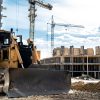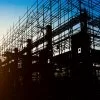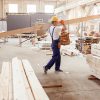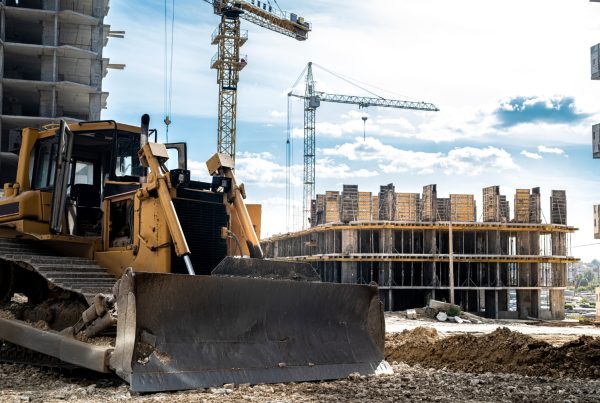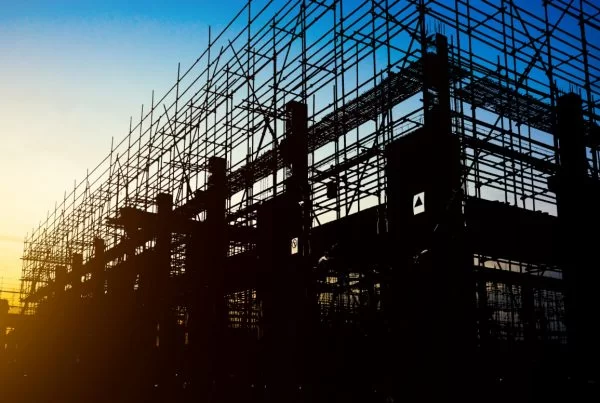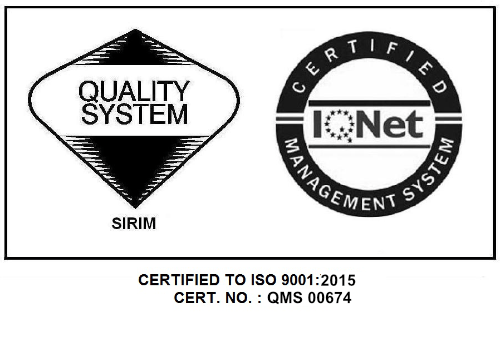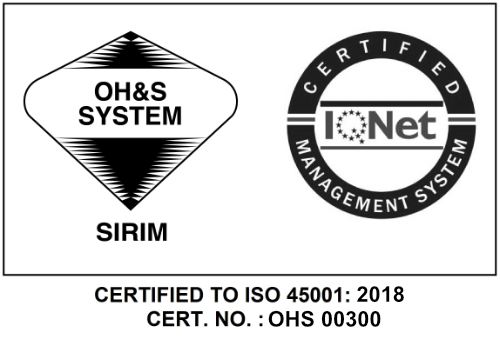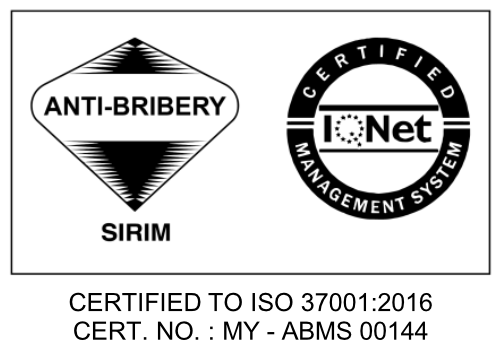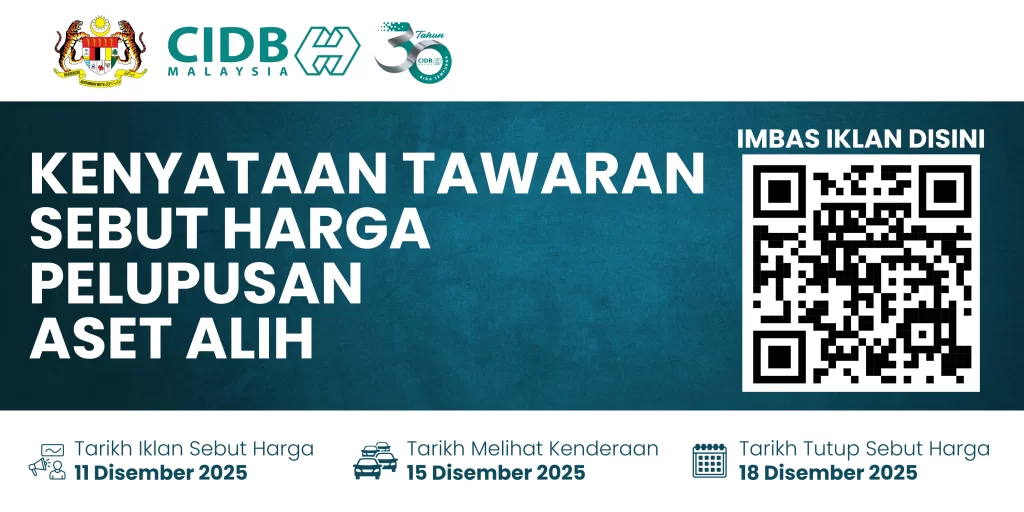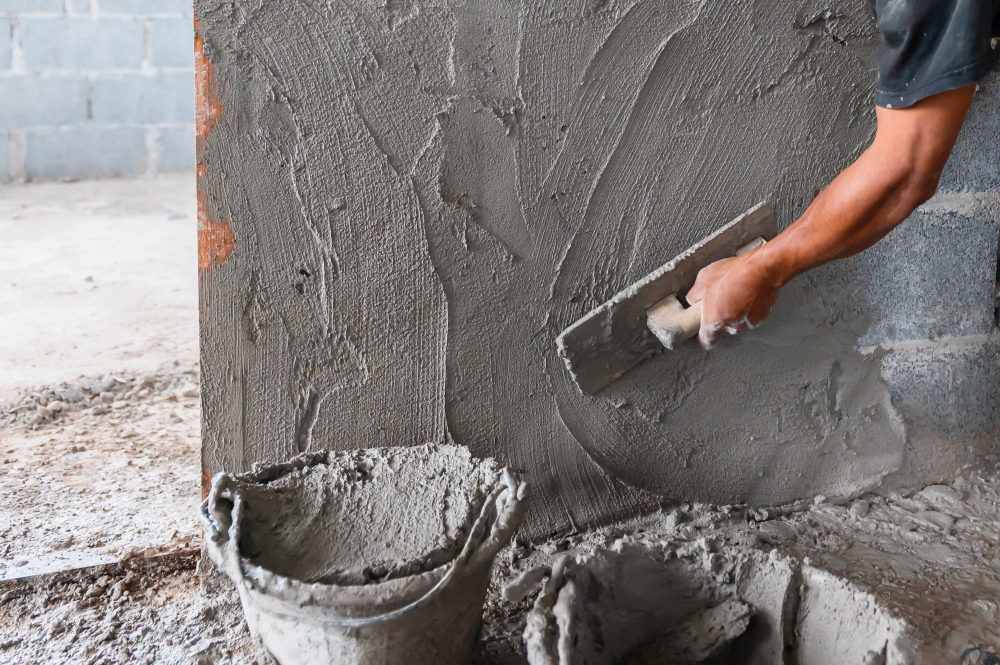
As Cahya Mata Sarawak Berhad (CMS) marks its 50th anniversary, the company took centre stage at the Construction Sustainability Summit during ICW Borneo 2025, reaffirming its commitment to Sarawak’s development through innovation and sustainability. Their presentation, Greener Cement: Building a Sustainable Future, addressed the urgent need to reduce carbon emissions in construction, starting with cement production.
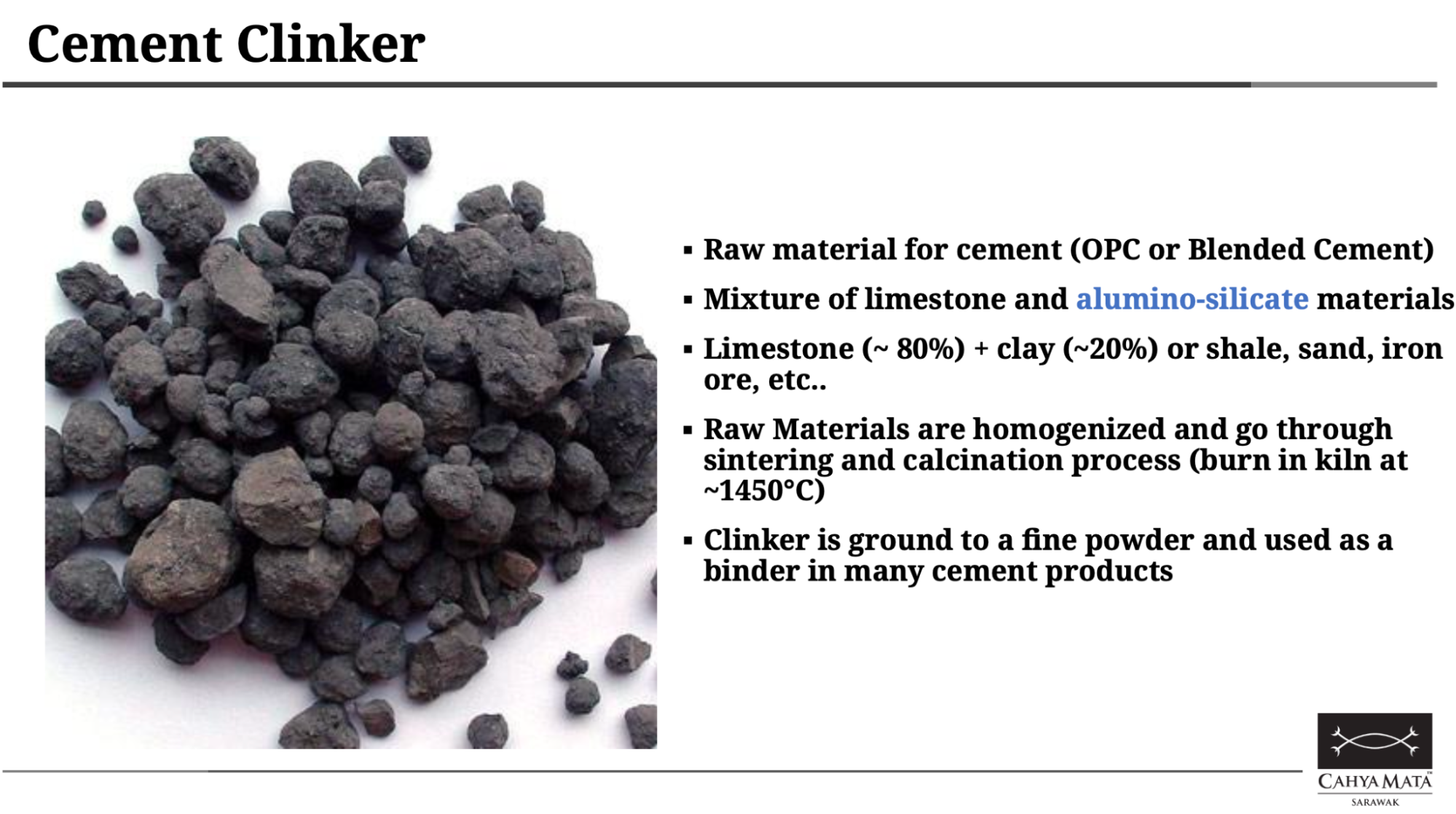
Cement accounts for roughly 7 to 8% of global CO₂ emissions, largely due to clinker production, the main ingredient in Ordinary Portland Cement (OPC). Up to 0.95 metric tonnes of CO₂ are released into the atmosphere for every metric tonne of clinker produced.
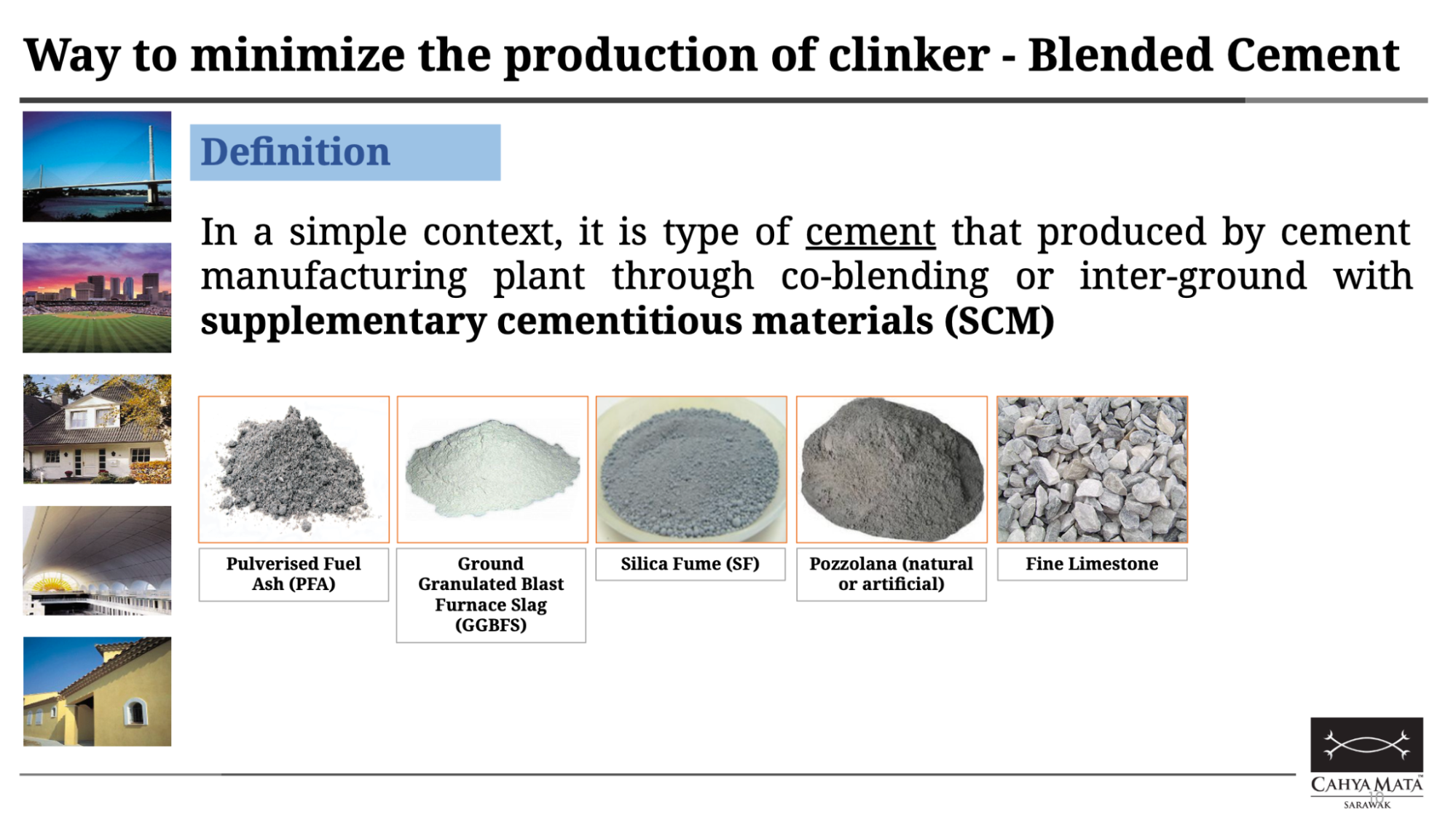
CMS’s call to action is clear: To reduce clinker content and accelerate the adoption of blended cement, which integrates supplementary cementitious materials (SCMs) like fly ash, ground granulated blast furnace slag (GGBFS), and fine limestone. These materials offer a greener alternative while maintaining performance.
Blended cement is not new; it was introduced in Malaysia in the 1980s. Still, in recent years, there has been a significant surge in demand driven by ESG goals, regulatory incentives, and green building certifications such as the Green Building Index (GBI). CMS projects that blended cement could account for over 50% of the local market in the near future.
Aligning with Malaysia’s carbon reduction targets under the Paris Agreement and Sarawak’s PCDS 2030 roadmap for a green economy, CMS is positioning itself as a key driver of sustainable construction in East Malaysia. With modern manufacturing facilities and a firm grasp of local needs, CMS continues to push the industry towards a lower-carbon future.
Related articles:
PART 2: The Rise of Blended Cement – A Market in Transition
PART 3: Greener Cement in Action – Projects, Products and Purpose


